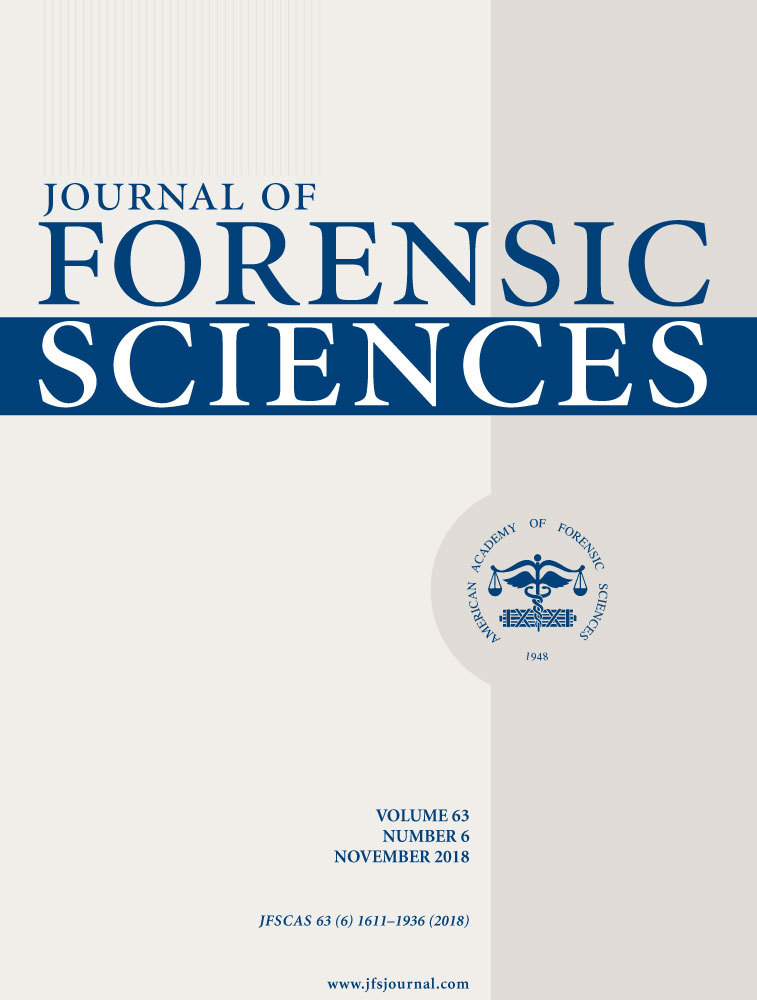Frequency of Dermatologic Findings at Autopsy†
Abstract
A complete academic autopsy includes an external examination with inspection of gross dermatologic findings. At our institution, the postmortem examination also includes a standard skin biopsy. We determined the microscopic yield of this standard postmortem skin biopsy and the overall frequency of macroscopic dermatologic diagnoses. We reviewed 389 complete autopsies conducted between 2012 and 2014. Both microscopic and macroscopic dermatologic diagnoses were analyzed. A macroscopic dermatologic diagnosis was made in 32% of cases while a microscopic diagnosis was recorded in 10% of cases. Dermatologic diagnoses were identified as leading directly to cause of death in 4% of patients and as contributing to death in another 20%. Targeted biopsies were more likely to reveal histologic abnormalities than routine biopsies from a standard anatomic site. Better training in skin gross examination in addition to systematic sampling of both skin lesions and grossly normal skin may improve diagnostic accuracy and enhance clinical pathologic correlations.




